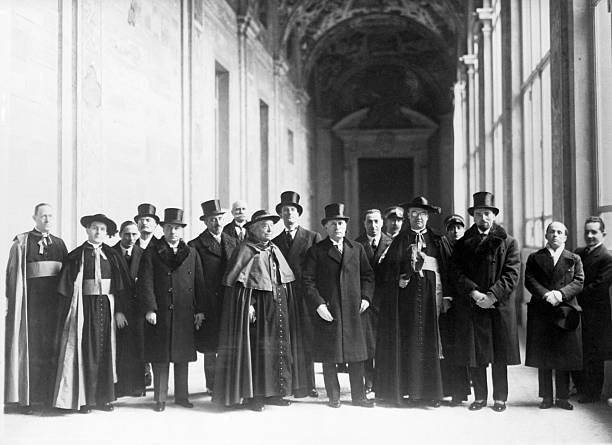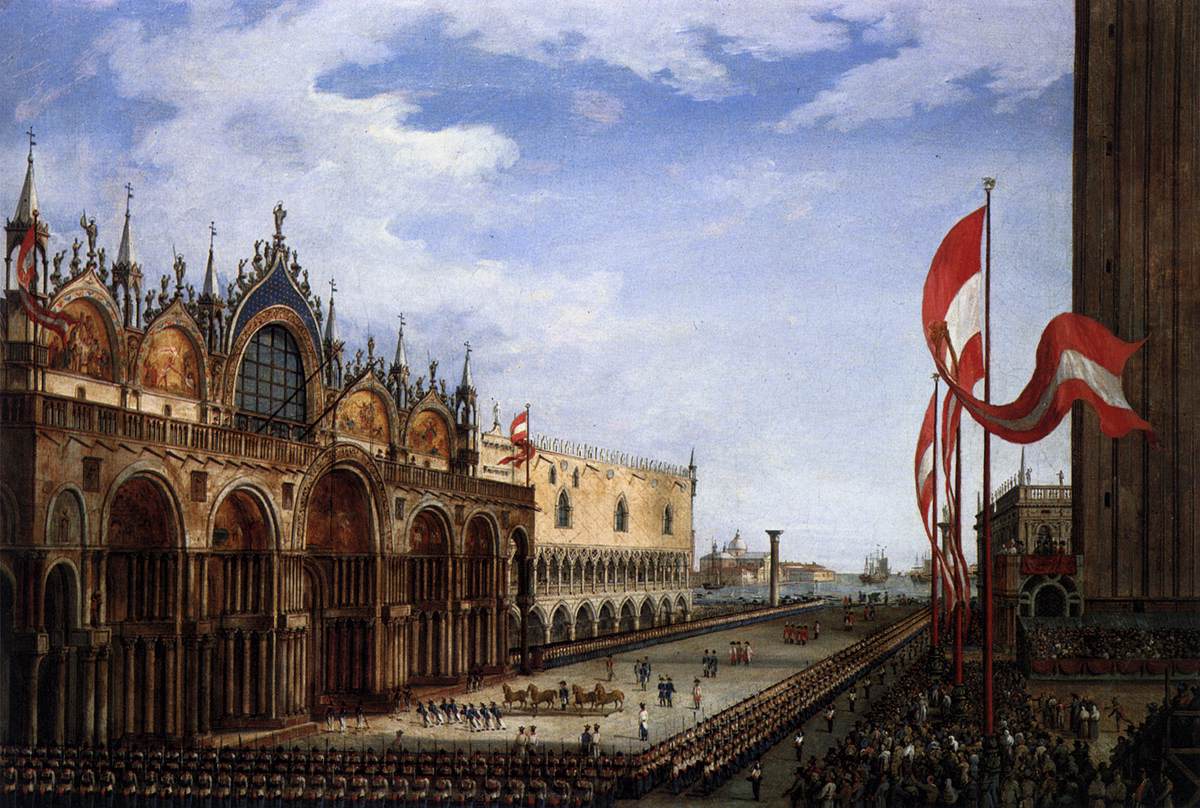|
Italian Cruiser Alessandro Poerio
''Alessandro Poerio'' was an Italian scout cruiser, the lead ship of the . Commissioned into service in the Italian ''Regia Marina'' (Royal Navy) in 1915, she served during World War I, participating in the Adriatic campaign, initially operating in the upper Adriatic Sea and later in the southern Adriatic.Marina Militare (in Italian). She took part in 66 operations during the war, often supporting raids by Italian motor torpedo boats. She was reclassified as a in 1921 due to her light |
Alessandro Poerio
Alessandro Poerio (18023 November 1848), Italian poet and patriot, The son of Baron Giuseppe Poerio, and uncle of the Neapolitan author Vittorio Imbriani (1840-1886) and his brother the radical politician Matteo Renato Imbriani (1843-1901). Life Descended from an old Calabrian family, he was the son of Baron Giuseppe Poerio (1775-1843) who was born in the town of Belcastro, now in the province of Catanzaro in southern Italy. A noted lawyer of Naples who had attached himself to the cause of Joachim Murat. the Baron was obliged to flee in 1815, taking his sons Alessandro and Carlo with him. They settled for a time in Florence, but in 1818 were allowed to return to Naples. There, on the proclamation of the constitution in 1820, the Poerios were among the stoutest defenders of the newly won freedom. Alessandro fought as a volunteer under General Guglielmo Pepe against the Austrians in 1821, but when the latter reoccupied Naples and the king abolished the constitution, the family was ... [...More Info...] [...Related Items...] OR: [Wikipedia] [Google] [Baidu] |
Lead Ship
The lead ship, name ship, or class leader is the first of a series or class of ships that are all constructed according to the same general design. The term is applicable to naval ships and large civilian vessels. Large ships are very complex and may take five to ten years to build. Improvements based on experience with building and operating the lead ship are likely to be incorporated into the design or construction of later ships in the class, so it is rare to have vessels that are identical. The second and later ships are often started before the first one is completed, launched and tested. Nevertheless, building copies is still more efficient and cost effective than building prototypes, and the lead ship will usually be followed by copies with some improvements rather than radically different versions. The improvements will sometimes be retrofitted to the lead ship. Occasionally, the lead ship will be launched and commissioned for shakedown testing before following ship ... [...More Info...] [...Related Items...] OR: [Wikipedia] [Google] [Baidu] |
Spanish Civil War
The Spanish Civil War () was a military conflict fought from 1936 to 1939 between the Republican faction (Spanish Civil War), Republicans and the Nationalist faction (Spanish Civil War), Nationalists. Republicans were loyal to the Left-wing politics, left-leaning Popular Front (Spain), Popular Front government of the Second Spanish Republic. The opposing Nationalists were an alliance of Falangism, Falangists, monarchists, conservatives, and Traditionalism (Spain), traditionalists led by a National Defense Junta, military junta among whom General Francisco Franco quickly achieved a preponderant role. Due to the international Interwar period#Great Depression, political climate at the time, the war was variously viewed as class struggle, a War of religion, religious struggle, or a struggle between dictatorship and Republicanism, republican democracy, between revolution and counterrevolution, or between fascism and communism. The Nationalists won the war, which ended in early 1939, ... [...More Info...] [...Related Items...] OR: [Wikipedia] [Google] [Baidu] |
Fascist Italy
Fascist Italy () is a term which is used in historiography to describe the Kingdom of Italy between 1922 and 1943, when Benito Mussolini and the National Fascist Party controlled the country, transforming it into a totalitarian dictatorship. The Italian Fascists imposed totalitarian rule and crushed political opposition, while simultaneously promoting Modernization theory, economic modernization, traditional social values and a rapprochement with the Roman Catholic Church. According to historian Stanley G. Payne, "[the] Fascist government passed through several relatively distinct phases". The first phase (1922–1925) was nominally a continuation of the parliamentary system, albeit with a "legally-organized executive dictatorship". In foreign policy, Mussolini ordered the pacification of Libya against rebels in the Italian colonies of Italian Tripolitania, Tripolitania and Italian Cyrenaica, Cyrenaica (eventually unified in Italian Libya), inflicted the Corfu incident, bombing ... [...More Info...] [...Related Items...] OR: [Wikipedia] [Google] [Baidu] |
Revolutions Of 1848 In The Italian States
The 1848 Revolutions in the Italian states, part of the wider Revolutions of 1848 in Europe, were organized revolts in the states of the Italian peninsula and Sicily, led by intellectuals and agitators who desired a liberal government. As Italian nationalists they sought to eliminate reactionary Austrian Empire, Austrian control. During this time, Italy was not a unified country, and was List of historical states of Italy, divided into many states, which, in Northern Italy, were ruled directly or indirectly by the Austrian Empire. A desire to be independent from foreign rule, and the conservative leadership of the Austrians, led Italian revolutionaries to stage revolution in order to drive out the Austrians. The revolution was led by the state of the Kingdom of Sardinia (1720–1861), Kingdom of Sardinia. Some uprisings in the Kingdom of Lombardy–Venetia, particularly in Milan, forced the Austrian General Joseph Radetzky von Radetz, Radetzky to retreat to the Quadrilatero, Quadr ... [...More Info...] [...Related Items...] OR: [Wikipedia] [Google] [Baidu] |
Imperial Austrian Army (1806–1867)
The Imperial Austrian Army formed the land forces of the Austrian Empire. It arose from the remains of the Imperial Army of the Holy Roman Emperor after its dissolution and in 1867 was reformed into the Common Army of Austria-Hungary and the Imperial-Royal Landwehr after the Austro-Hungarian Compromise of 1867. In addition to the army, there was also the Austrian Navy. The army took part in the Napoleonic Wars until 1815, the First Italian War of Independence, the Hungarian Revolution of 1848, the Second Italian War of Independence, the Second Schleswig War, the Third Italian War of Independence and the Austro-Prussian War. Notable generals were Josef Radetzky, Karl Philipp of Schwarzenberg, Archduke Charles, Duke of Teschen, Frederick Bianchi and Julius von Haynau. Organisation Recruitment Prior to 1852 the system of recruitment was complicated with both volunteers and conscripts being utilised by the Austrian army however conscripts could pay others to take their pla ... [...More Info...] [...Related Items...] OR: [Wikipedia] [Google] [Baidu] |
Kingdom Of Lombardy–Venetia
The Kingdom of Lombardy–Venetia (), commonly called the "Lombardo-Venetian Kingdom" (; ), was a constituent land (crown land) of the Austrian Empire from 1815 to 1866. It was created in 1815 by resolution of the Congress of Vienna in recognition of the Austrian House of Habsburg-Lorraine's rights to the former Duchy of Milan and the former Republic of Venice after the Kingdom of Italy (Napoleonic), Napoleonic Kingdom of Italy, proclaimed in 1805, had collapsed. The kingdom only survived for fifty years—the region of Lombardy was ceded to Second French Empire, France in 1859 after the Second Italian War of Independence, which then immediately ceded it to the Kingdom of Sardinia (1720–1861), Kingdom of Sardinia. Lombardy-Venetia was finally dissolved in 1866 when its remaining territory was incorporated into the recently proclaimed Kingdom of Italy following the kingdom's victory against Austria in the Third Italian War of Independence. History Creation In the Treaty of Pa ... [...More Info...] [...Related Items...] OR: [Wikipedia] [Google] [Baidu] |
Kingdom Of Naples
The Kingdom of Naples (; ; ), officially the Kingdom of Sicily, was a state that ruled the part of the Italian Peninsula south of the Papal States between 1282 and 1816. It was established by the War of the Sicilian Vespers (1282–1302). Until then, the island of Sicily and southern Italy had constituted the "Kingdom of Sicily". When the island of Sicily revolted and was conquered by the Crown of Aragon, it become a separate kingdom also called the Kingdom of Sicily. This left the Neapolitan mainland in the possession of Charles of Anjou who continued to use the name "Kingdom of Sicily". Later, two competing lines of the Angevin family competed for the Kingdom of Naples in the late 14th century, which resulted in the murder of Joanna I at the hands of her successor, Charles III of Naples. Charles' daughter Joanna II adopted King Alfonso V of Aragon as heir, who would then unite Naples into his Aragonese dominions in 1442. As part of the Italian Wars, France briefly r ... [...More Info...] [...Related Items...] OR: [Wikipedia] [Google] [Baidu] |
Sister Ship
A sister ship is a ship of the same Ship class, class or of virtually identical design to another ship. Such vessels share a nearly identical hull and superstructure layout, similar size, and roughly comparable features and equipment. They often share a common naming theme, either being named after the same type of thing or person (places, constellations, heads of state) or with some kind of alliteration. Typically the ship class is named for the first ship of that class. Often, sisters become more differentiated during their service as their equipment (in the case of naval vessels, their armament) are separately altered. For instance, the U.S. warships , , , and are all sister ships, each being an . Perhaps the most famous sister ships were the White Star Line's s trio, consisting of , and . As with some other liners, the sisters worked as running mates. Of the three sister ships, ''Titanic'' and ''Britannic'' would both sink within a year of being launched, while RMS ''O ... [...More Info...] [...Related Items...] OR: [Wikipedia] [Google] [Baidu] |
Displacement (ship)
The displacement or displacement tonnage of a ship is its weight. As the term indicates, it is measured indirectly, using Archimedes' principle, by first calculating the volume of water displaced by the ship, then converting that value into weight. Traditionally, various measurement rules have been in use, giving various measures in long tons. Today, tonnes are more commonly used. Ship displacement varies by a vessel's degree of load, from its empty weight as designed (known as "lightweight tonnage") to its maximum load. Numerous specific terms are used to describe varying levels of load and trim, detailed below. Ship displacement should not be confused with measurements of volume or capacity typically used for commercial vessels and measured by tonnage: net tonnage and gross tonnage. Calculation The process of determining a vessel's displacement begins with measuring its draft.George, 2005. p. 5. This is accomplished by means of its "draft marks". A merchant vessel has t ... [...More Info...] [...Related Items...] OR: [Wikipedia] [Google] [Baidu] |
Destroyer
In naval terminology, a destroyer is a fast, maneuverable, long-endurance warship intended to escort larger vessels in a fleet, convoy, or carrier battle group and defend them against a wide range of general threats. They were conceived in 1885 by Fernando Villaamil for the Spanish NavySmith, Charles Edgar: ''A short history of naval and marine engineering.'' Babcock & Wilcox, ltd. at the University Press, 1937, page 263 as a defense against torpedo boats, and by the time of the Russo-Japanese War in 1904, these "torpedo boat destroyers" (TBDs) were "large, swift, and powerfully armed torpedo boats designed to destroy other torpedo boats". Although the term "destroyer" had been used interchangeably with "TBD" and "torpedo boat destroyer" by navies since 1892, the term "torpedo boat destroyer" had been generally shortened to simply "destroyer" by nearly all navies by the First World War. Before World War II, destroyers were light vessels with little endurance for unatte ... [...More Info...] [...Related Items...] OR: [Wikipedia] [Google] [Baidu] |






